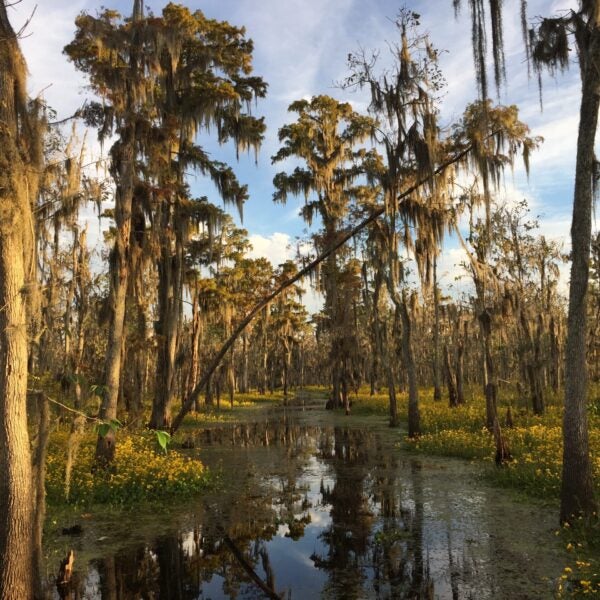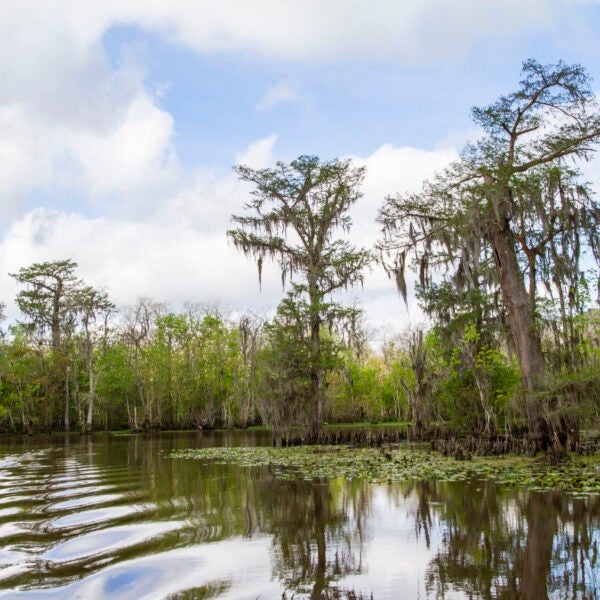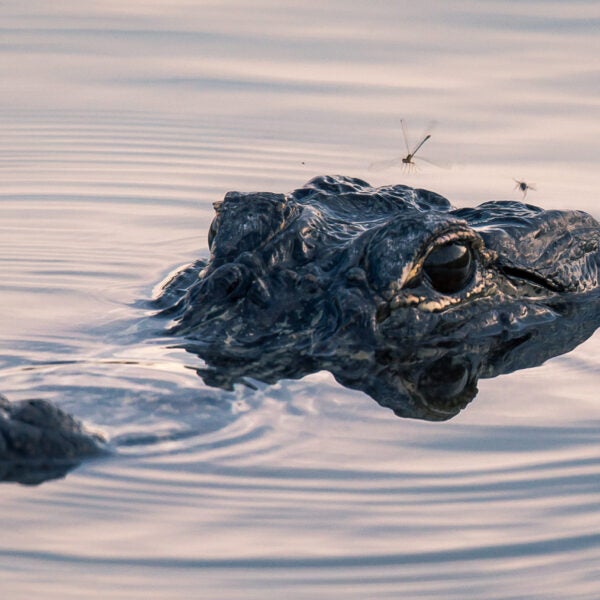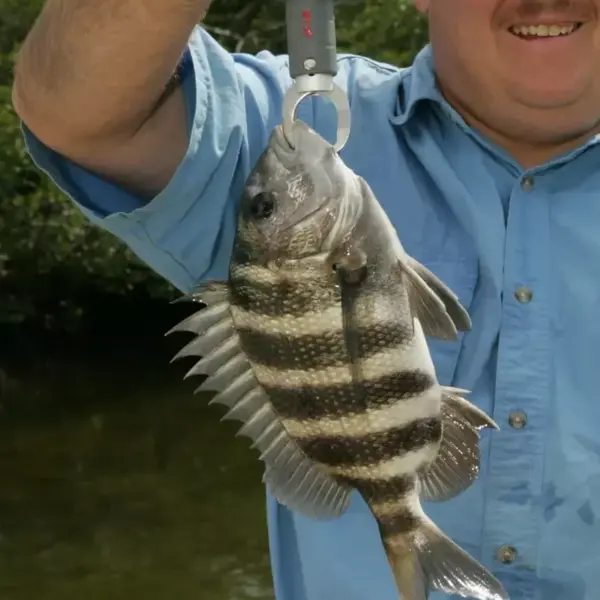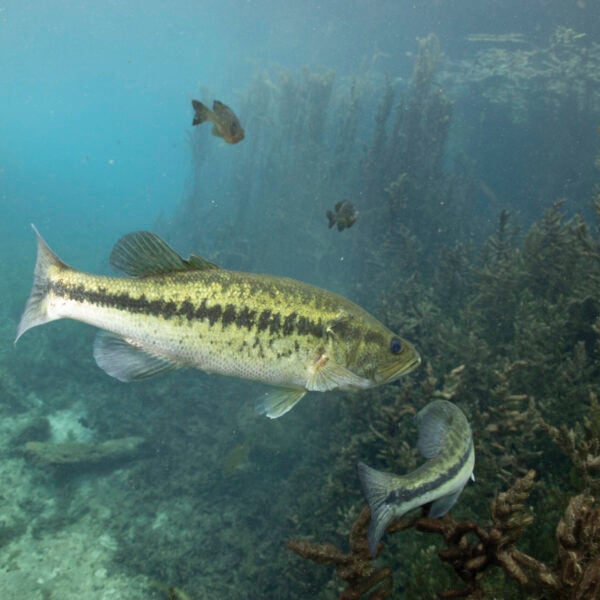About This Project
Project ID: PO-0192
Parish: St. John the Baptist
Type: Fresh Water Diversion
From the 2017 Coastal Master Plan
Project ID: PO-0192
Parish: St. John the Baptist
Type: Freshwater Diversion
Union Freshwater Diversion: Diversion into West Maurepas swamp near Burnside to provide sediment for emergent marsh creation and freshwater and fine sediment to sustain existing wetlands, 25,000 cfs capacity (modeled at 25,000 cfs when Mississippi River flow equals 400,000 cfs; closed when river flow is below 200,000 cfs or above 600,000 cfs; a variable flow rate calculated using a linear function from 0 to 25,000 cfs for river flow between 200,000 cfs and 400,000 cfs and held constant at 25,000 cfs for river flow between 400,000 cfs and 600,000 cfs).
What is a Diversion Project?
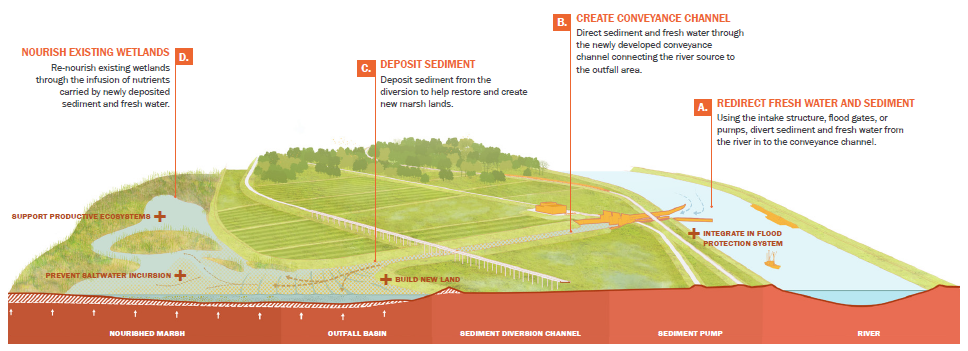
Graphic by SCAPE, Published in 2023 Coastal Master Plan
Diversions mimic nature’s historic land-building processes by using the power of the river to move sediment and fresh water from the river into nearby basins. This project type can not only build new land but also provide a sustainable source of sand and mud necessary to sustain and increase the health of existing wetlands over time. Sediment diversions can also re-establish or maintain the fresh end of the estuary, originally lost to saltwater intrusion, ensuring that the range of fresh to saltwater habitats that makes Louisiana’s estuaries so productive persists into the future. Sediment diversions also help sustain nearby marsh creation, barrier island and ridge restoration projects.
Other Diversion Projects
Mid-Barataria Sediment Diversion | Mid-Breton Sediment Diversion | River Reintroduction into Maurepas Swamp | Atchafalaya Diversions | Central Wetlands Marsh Creation and Diversion | Manchac Landbridge Diversion | Three Mile Pass Marsh Creation and Hydrologic Restoration | Ama Diversion
